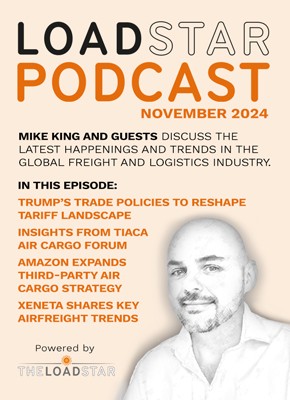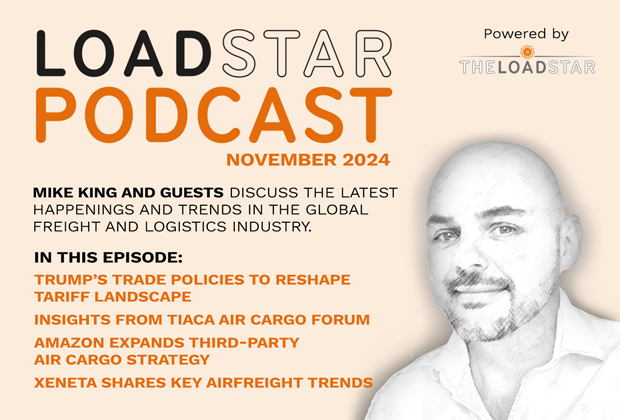
Consumer brands stand to be pilloried for their failure to rein-in their carbon footprint and they will suffer commercial consequences.
Although insulated from consumer brand problems, industrial firms are also feeling the heat build up to tackle emissions in their supply chains.
“We’re definitely seeing more requests about reducing emissions,” said Saleh ElHattab, founder and CEO of Gravity Climate, a company set up to help industrial firms and their supply chain partners manage their emissions footprint. He has seen “an incredible groundswell” of interest in the industrial sector in getting a handle on and reducing their emissions.
These companies are facing mounting pressure from various sides – customers, regulators and investors – and the realisation has set in that they become more marketable if they measure and report their emissions footprint, he said.
Gravity Climate recently obtained $5m in seed funding from Eclipse Ventures, a venture capital organisation with over $2.6bn in assets under management. Mr ElHattab noted that the investment industry itself is showing rising interest in sustainability. This is partly because investors themselves have made commitments to carbon reduction, but also to ensure better marketability of the firms they are supporting financially, Mr ElHattab said.
Private equity firm Blue Wolf Capital Partners is using Gravity to measure the emissions of over ten of its portfolio companies. Gravity’s technology makes it easy and cost-effective for industrial firms as well as their financial backers to track their emissions, decarbonise their direct operations and promote their sustainability efforts, the company claims.
In late July Gravity Climate launched a new carbon management software platform for industrial businesses and their supply chain partners. This is designed to give them a handle on their carbon footprint while driving cost-effective decarbonisation and long-term profitability.
The package works in four steps, beginning with mapping users’ carbon management goals based on their industry, sustainability requirements, reporting priorities and organisational structure.
Leveraging automation like automatic bill scanning and API integrations, the software measures Scope 1, 2 and 3 emissions and then helps them identify emission reduction opportunities, while maximising ROI and operational efficiency.
The fourth stage uses interactive dashboards and data that can be exported to specific frameworks to help customers report their footprint and share updates with customers, investors and disclosure groups.
Inevitably industrial clients focus first and foremost on Scope 1 and 2 emissions, Mr ElHattab said. After all, the industrial sector accounts for over 40% of all greenhouse gas emissions. Unlike many consumer staples, where Scope 3 emissions account for over 90% of their carbon footprint, supply chains make up a small portion of industrial firms’ overall footprint.
Being outside their direct control, firms also find it harder to get a handle on Scope 3 emissions. The pandemic revealed that most companies had scant visibility into their supply chains beyond the first tier. Flow of data along fragmented supply chains has been a challenge too.
Visibility along the supply chain, data access and sharing along it are not going to get established overnight, but network effects are already becoming visible, Mr ElHattab said.
According to him, interest in Scope 3 emissions has been surprisingly high, Gravity Climate’s algorithms are agnostic to different metrics and standards, using the Greenhouse Gas protocol as the common denominator. Much of the calculation is performed on the basis of financial transaction data. Currently this is pretty much the standard to model Scope 3 emissions in the absence of direct insights, he said.
Increasingly the push for emissions data is extending along supply chains, he noted. A company’s Scope 1 & 2 emissions effectively become its customer’s Scope 3 emissions, so the push of firms to learn about supply chain partners’ direct emissions is increasingly closing the gaps.
According to Mr ElHattab, with Gravity Climate’s software users can forecast almost from the first day of using it how individual elements affect their carbon footprint as well as the financial ramifications and the return on investment of measures taken to reduce emissions. The picture that emerges from this is encouraging.
Historically there was a trade-off between the cost of sustainability efforts and margins, but this is shifting, he noted. “Increasingly it’s not a cost-positive decision anymore,” he said, which means that companies can actually save money through their steps towards decarbonisation. Moreover, with the pressure from customers for carbon data showing up in the tender process, this becomes a matter of winning or losing business.



